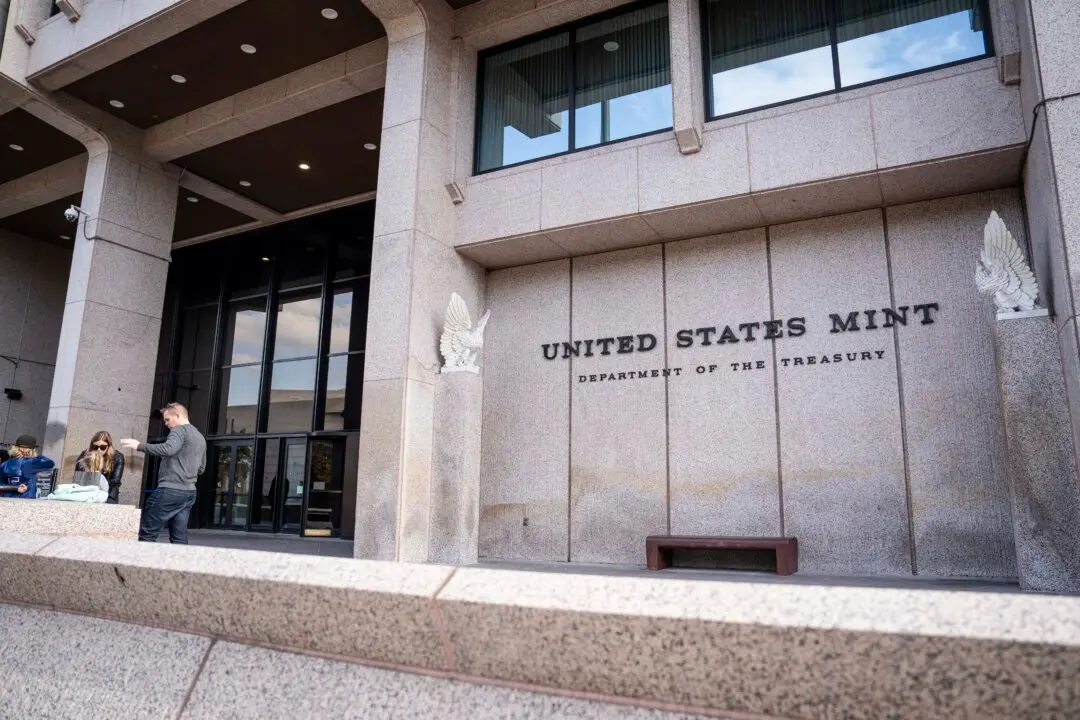Another three months of negative growth in the output of goods and services after the U.S. economy unexpectedly contracted by 1.4 percent in the first quarter could send the world’s largest economy into a technical recession.
While recession clouds could be forming on the horizon, some market analysts dismissed the headline gross domestic product (GDP) reading in the January-to-March period, citing strong domestic demand. Consumer spending expanded 2.7 percent, residential investment increased 2.1 percent, and nonresidential investment swelled by 9.2 percent. The negative growth was driven primarily by a decline in exports, inventory rundowns, and a drop in government spending.





